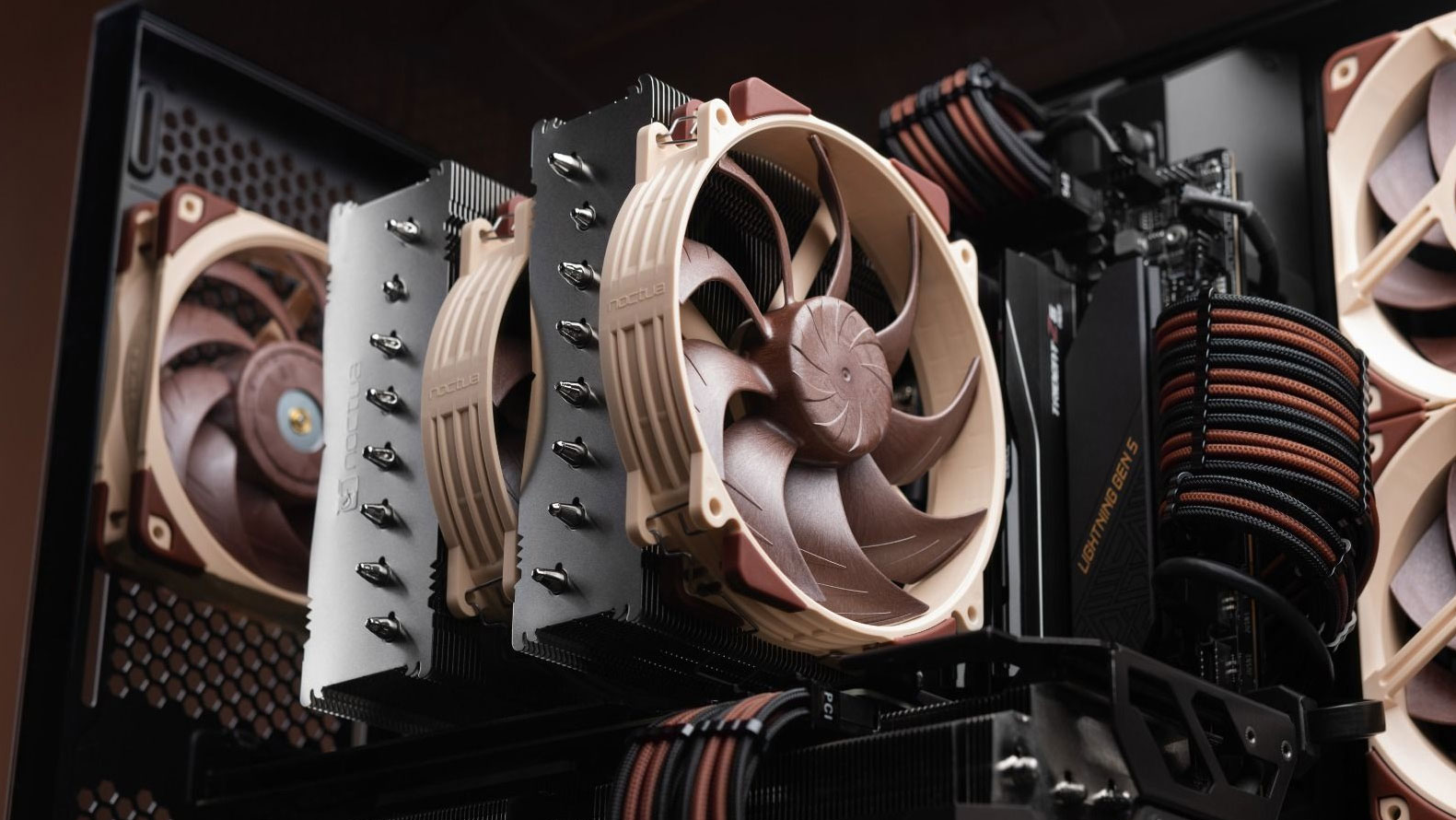
Noctua has finally resolved "Rattlegate," which affected its brand-new NH-D15 G2 flagship air coolers. ComputerBase reports that the Austrian cooling manufacturer has rectified the cooler's vibration problems at the factory, eliminating the issue on new production models.
Noctua told ComputerBase that the interlocking mechanism between the slats has been improved. Customers who neglected to refund their rattling NH-D15 G2 will be offered this same fix, featuring "free stainless steel covers that can be attached to the sides of the cooling fins."
This is fantastic news for Noctua owners. The NH-D15 G2 is one of the most highly-anticipated air coolers of the year, finally coming out earlier this year after a series of lengthy delays. Unfortunately, the G2's launch did not come without issues. Customer complaints sprung up regarding a ratting noise plaguing some of the first G2 units during operation, confirming a minor defect in its design that managed to stay hidden during testing.
The problem surrounded two of the top fins in the heatsink, where the interlocking mechanism on the top fin could loosen during shipping, causing a vibration sound to occur while the cooler was in operation. When this problem was first discovered, Noctua issued a temporary workaround to customers, recommending either a small piece of tape be attached to the side of the fins where they interlock or place a small plastic tab or foam piece with 1.8mm thickness between the top fin and second fin to stop the cooler from rattling.
Thankfully, the issue is now fully fixed. ComputerBase reports that customers of existing NH-D15 G2 coolers will be granted three options to deal with the problem. One is to use the aforementioned panels free of charge. Two is to exchange their cooler for a model from the adapted series. The third option is to request a full refund.
It remains unclear if existing NH-D15 G2 inventory will be recalled to fix the issue. Regardless, customers will be offered multiple methods to rectify the issue, whether they already have the cooler or buy a new unit that still has the defect.



!["[T]he First and Fifth Amendments Require ICE to Provide Information About the Whereabouts of a Detained Person"](https://images.inkl.com/s3/publisher/cover/212/reason-cover.png?w=600)



